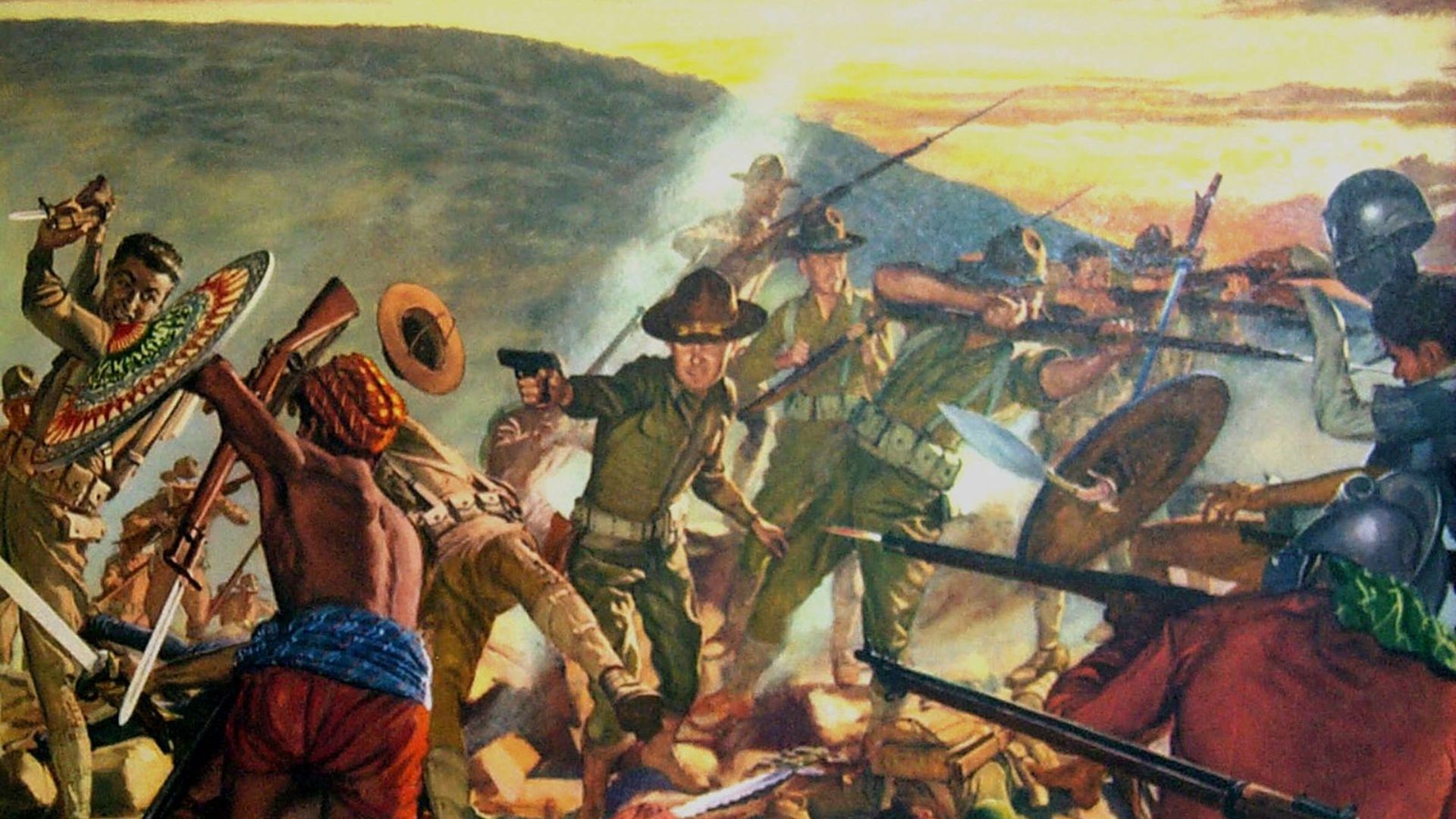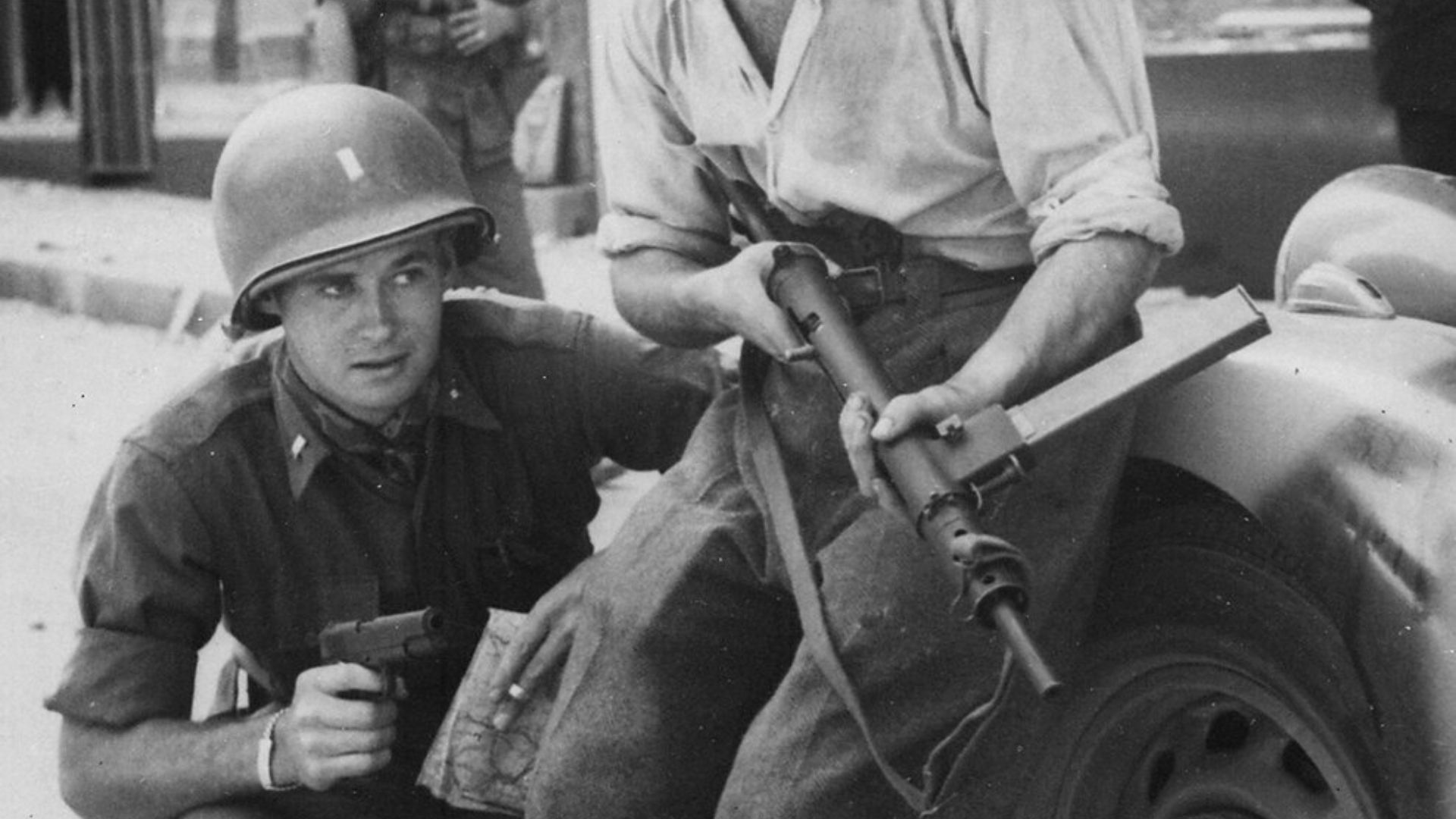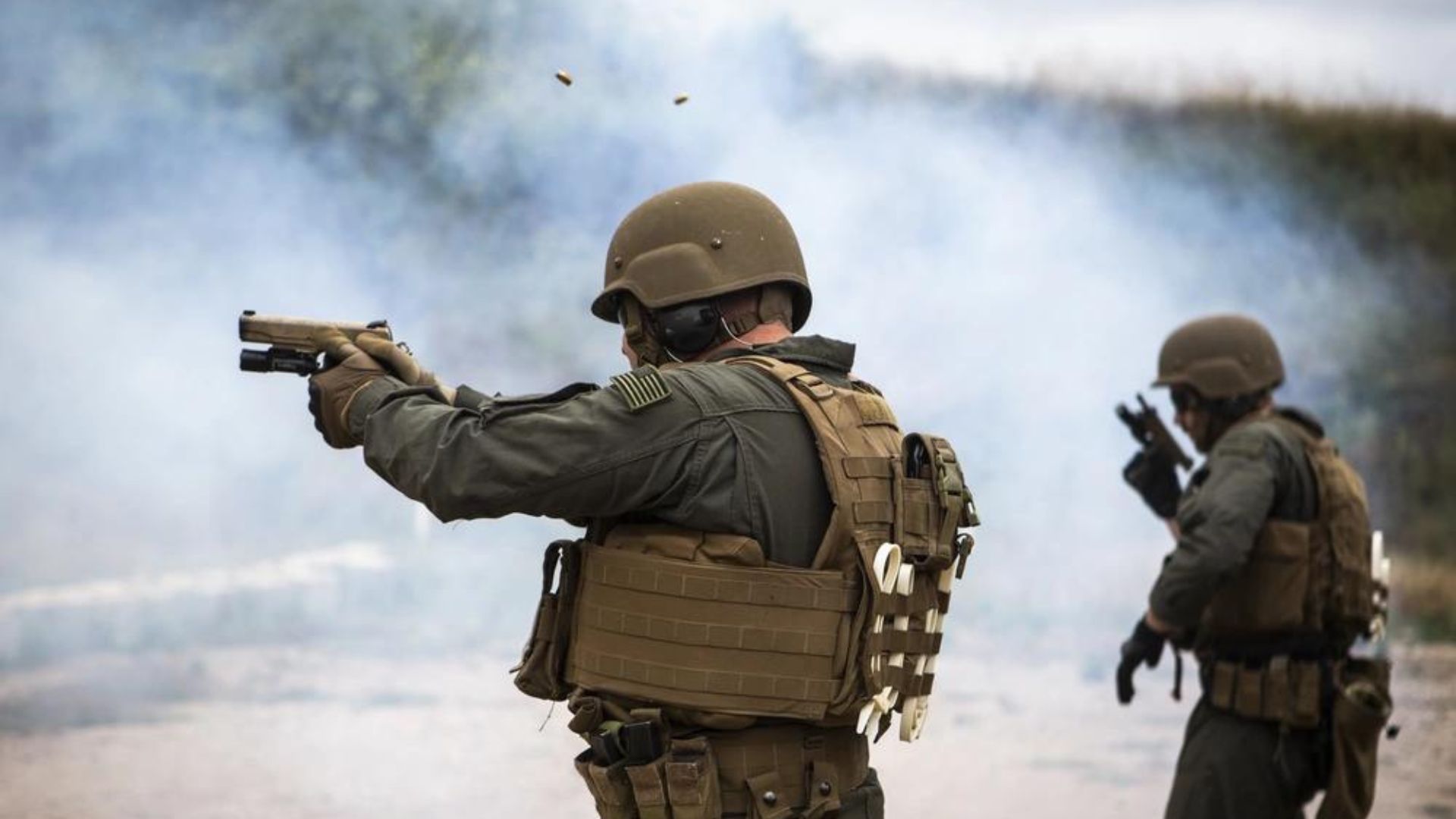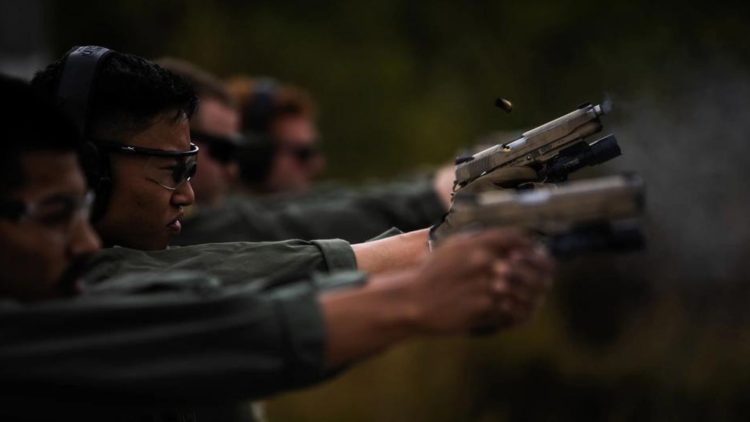The 1911 pistol is a legend in its own right. Originally developed in 1911, this iconic firearm has remained largely unchanged over the years, yet it continues to be a favorite among military and civilian users alike. Its longevity and widespread use speak volumes about its reliability and effectiveness.
Though initially produced for military purposes, the 1911’s reputation has extended well beyond the battlefield. Generations of veterans have carried their admiration for the 1911 into civilian life, making it one of the most popular handguns in America today. Almost every major gun manufacturer in the country produces a version of the 1911, each with its own adaptations and features.
Early Years
The story of the 1911 begins in the 1890s when the U.S. military sought a reliable self-loading pistol to replace the diverse array of revolvers in service.

The Army had recently adopted two new rifles, the M1892 and M1895, and desired a new sidearm to complement these weapons. Early trials highlighted the 7.65mm Luger, but combat experiences in the Philippine-American War revealed its inadequacy against the Moro guerrillas. The military then specified that the new pistol should be chambered in “no less than .45 caliber.”
Six manufacturers submitted designs: Colt, Bergmann, DWM, Savage Arms Company, Knoble, Webley, and White-Merrill. After rigorous testing, Colt’s design emerged victorious, primarily due to its superior reliability. In a 1910 test, a Colt pistol fired 6,000 rounds without jamming, even after being dunked in water to cool down when it got hot.
World War 1
The U.S. Army officially adopted the Colt 1911 on March 29, 1911, with the Navy and Marine Corps following suit in 1913. By the time World War I erupted, over 68,000 of these pistols were already in service, proving their reliability and effectiveness in various combat situations.

The high demand for the 1911 during the war led to contracts with additional manufacturers such as Remington-UMC, North American Arms, and others to meet the needs of the military. These manufacturers adhered strictly to Colt’s original design, ensuring that all parts were interchangeable, a crucial feature for maintenance and repairs in the field.
The 1911 performed exceptionally well throughout World War I. Only minor external modifications were made to the original design, such as adjustments to the grip to accommodate soldiers with smaller hands and slight alterations to the sights for improved accuracy.
These changes did not affect the core mechanics of the pistol, which remained robust and reliable. This consistency allowed soldiers to rely on the 1911 under various and often harsh conditions, enhancing its reputation as a dependable sidearm.
World War 2
The onset of World War II saw a significant increase in the production of the 1911, with approximately 1.9 million units manufactured by companies including Colt, Ithaca Gun Company, Remington Rand, and Union Switch & Signal. To reduce production costs, the original wooden grips were replaced with plastic ones, but the fundamental design of the pistol remained unchanged.
Despite being over three decades old at the time, the 1911 continued to be highly regarded for its performance and reliability. It was not only used extensively by U.S. forces but also by British Commando Troops and South African Special Forces, who preferred it over their standard-issue weapons.
The 1911’s exceptional performance in both world wars solidified its status as one of the most reliable and effective handguns in military history.
Post-War Service and Replacement
Following World War II, the 1911 continued to serve as the standard sidearm for U.S. troops in Korea and Vietnam. Despite multiple trials of new pistols, the 1911 retained its position due to its unmatched stopping power. It saw action in both Gulf Wars, primarily used by special operations forces who valued its power.

By the 1970s, the military began considering a replacement due to changing conflict types and the benefits of NATO standardization. Extensive trials eventually led to the adoption of the Beretta 92F.
However, the new 9mm pistol lacked the stopping power of the .45 1911, a significant concern for special operations forces. As a result, the 1911 was heavily modified into the MK23 Mod 0 and continued to see use among elite troops.
The M-1911 Today
Even though the military has largely retired the 1911, it remains a common sight in the U.S. law enforcement community. Various departments and agencies, including the Los Angeles Police Department (LAPD), Special Weapons and Tactics (SWAT) teams, and the Federal Bureau of Investigation (FBI), still utilize the 1911, often paired with a commander holster.

These organizations value the 1911 for its unmatched reliability and stopping power. Its enduring reputation among law enforcement professionals is a testament to the pistol’s robust design and performance under pressure.
Veterans who relied on the 1911 in combat brought their appreciation for the pistol back home, significantly boosting its popularity in the civilian market. These veterans, familiar with the 1911’s capabilities and dependability, often chose to purchase the pistol for personal use.
Global Usage of the 1911
This trend contributed to a surge in demand, making the 1911 one of the most popular handguns among American gun enthusiasts. Today, the 1911 is a preferred choice for concealed carry due to its single-stack magazine, which makes it slimmer and easier to conceal compared to many modern handguns with double-stack magazines.
The simplicity of its design, which led to its eventual military retirement, is precisely what makes it so appealing to civilian users. The 1911’s straightforward mechanics ensure easy maintenance and reliable performance in the field.
Unlike more complex modern firearms, the 1911’s design allows for quick disassembly and reassembly, making it user-friendly even for those with limited technical knowledge. This ease of maintenance, combined with its proven track record of reliability, makes the 1911 a favored choice for personal defense and recreational shooting.
Furthermore, numerous manufacturers produce their own versions of the 1911, offering a wide range of options and customizations. From high-end, competition-grade models to more affordable variants, the 1911 caters to a diverse audience. This versatility, coupled with its historical significance and proven performance, ensures that the 1911 remains a beloved and iconic firearm in the United States.
Continued Relevance
Despite being over a century old, the 1911 remains in demand. In 2004, the U.S. Army Marksmanship Unit developed the M1911-A2, a new generation of the pistol, responding to ongoing interest and need.

The 1911’s legacy extends globally, with users ranging from the Greek Army to Bangladeshi Security Forces. The enduring popularity and widespread use of the 1911 ensure that it will continue to be a familiar and reliable weapon for years to come. Not bad for a pistol that first saw service in World War I.
The 1911 pistol’s storied history and unwavering reliability have cemented its place as a timeless classic. From its early days as a military sidearm to its current status as a beloved firearm among civilians and law enforcement, the 1911 continues to impress with its durability and effectiveness.
As we look to the future, the 1911’s legacy will undoubtedly live on, reminding us of its remarkable journey and the countless lives it has protected over the past century.Th
__
Disclaimer: SOFREP utilizes AI for image generation and article research. Occasionally, it’s like handing a chimpanzee the keys to your liquor cabinet. It’s not always perfect and if a mistake is made, we own up to it full stop. In a world where information comes at us in tidal waves, it is an important tool that helps us sift through the brass for live rounds.










COMMENTS
You must become a subscriber or login to view or post comments on this article.